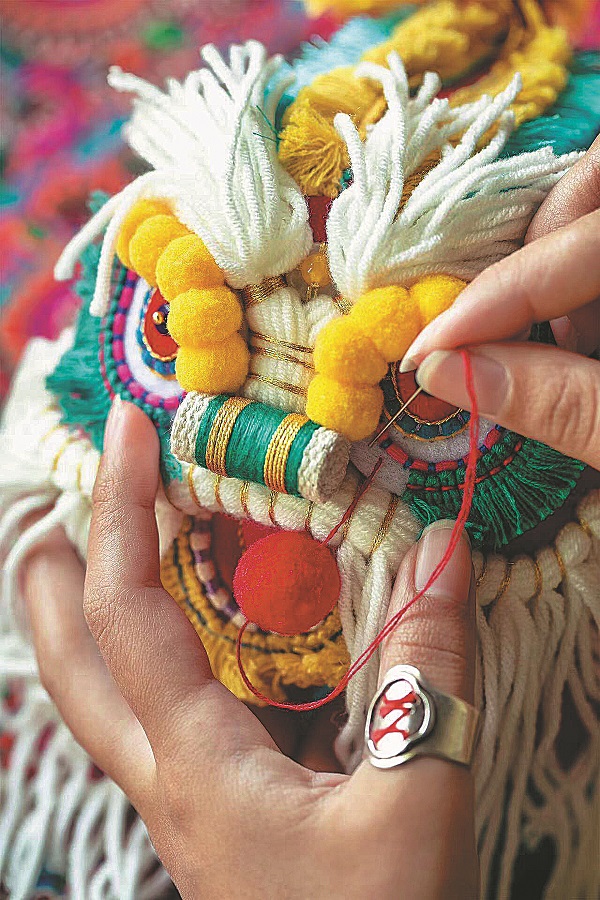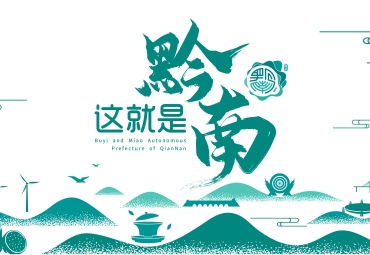Heritage crafts thrive in digital era

An embroidered lion doll. [Photo provided to China Daily]
Fast track to success
Like Liang, many intangible cultural heritage inheritors have joined hands with internet and e-commerce platforms to promote their products, increase sales, and generate more revenue.
At the Nov 10 gala, other products featuring such heritage, including iron pans, wood carvings and oil paper umbrellas, were displayed.
Liu Xin, who is in charge of craft workers and the intangible cultural heritage section at e-commerce platform Taobao-one of the gala organizers-said it was the first time the company had invited inheritors on stage.
"We aimed to impress the audience with something new, and inspire more people to learn about traditional Chinese culture," he said, adding that the section, which was established in 2019, shows there is significant potential in the market.
By June, the number of stores selling products related to intangible cultural heritage on Taobao and Tmall had surpassed 35,000. Turnover for such products has grown by more than 20 percent annually, with the number of consumers exceeding 100 million, according to a report released in September by the Chinese Academy of Social Sciences' public opinion survey laboratory, China Tourism News and Alibaba.
Amid rising national pride and cultural awareness, consumers are turning to more products related to intangible cultural heritage-especially the younger generation. The improved quality of Chinese products, and numerous government programs, are also contributing to this trend, the report said.
Some 40 percent of the craft workers selling on Taobao and Tmall were born after 1990, and more than 98 percent of them said they are confident about running an online store, the report added.
京ICP备13028878号-8







 Overview
Overview Guiyang
Guiyang Guian New Area
Guian New Area Liupanshui
Liupanshui Anshun
Anshun Qianxinan
Qianxinan Qiandongnan
Qiandongnan Qiannan
Qiannan Zunyi
Zunyi Tongren
Tongren Bijie
Bijie Guizhou fosters cross-cultural bonds in Europe
Guizhou fosters cross-cultural bonds in Europe 18th Guizhou Tourism Industry Development Conference
18th Guizhou Tourism Industry Development Conference  Discover natural beauty in Qiannan, Guizhou
Discover natural beauty in Qiannan, Guizhou 

